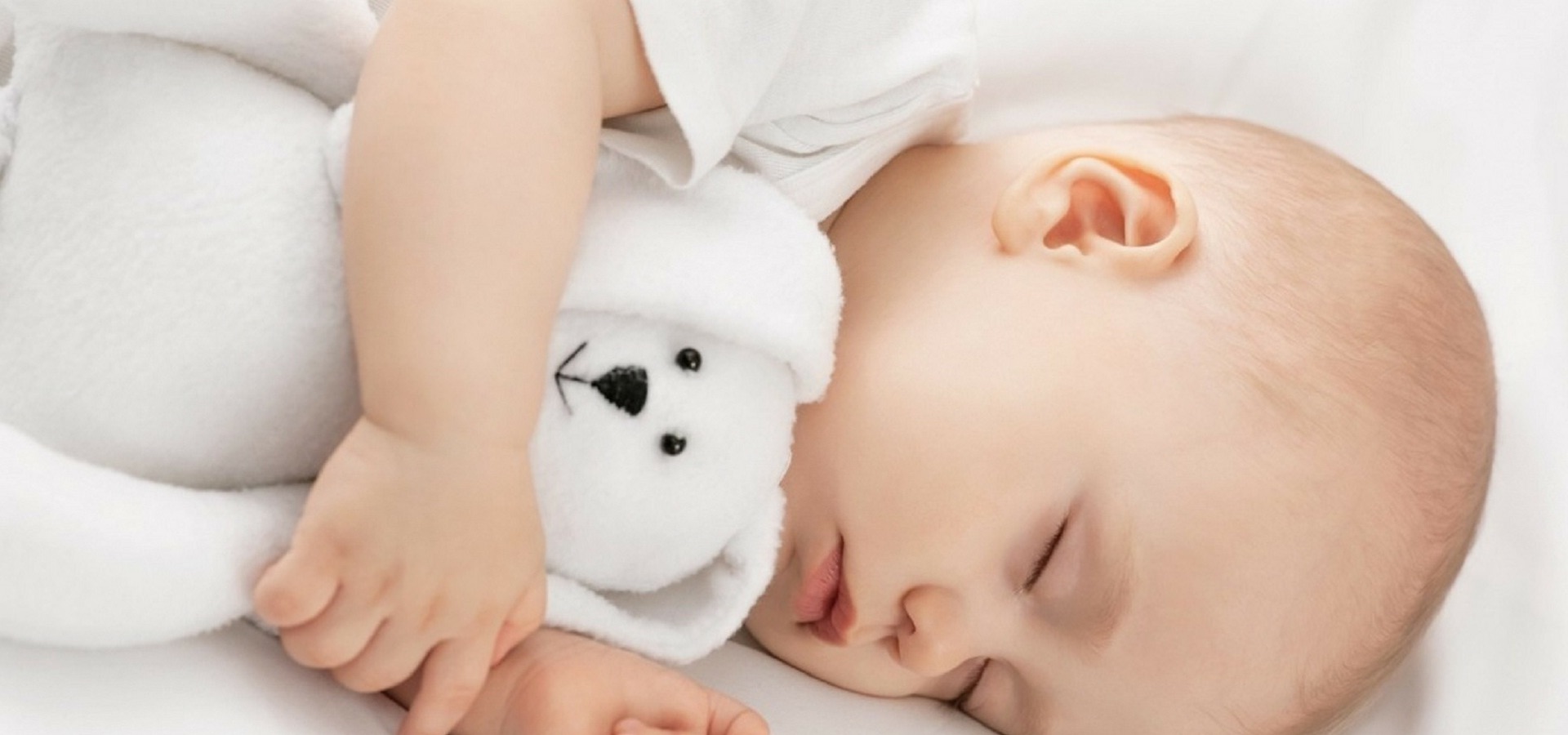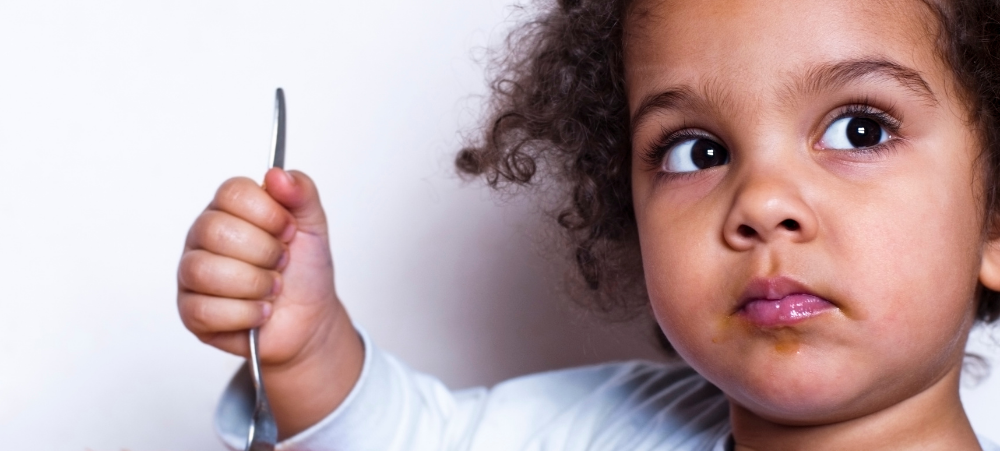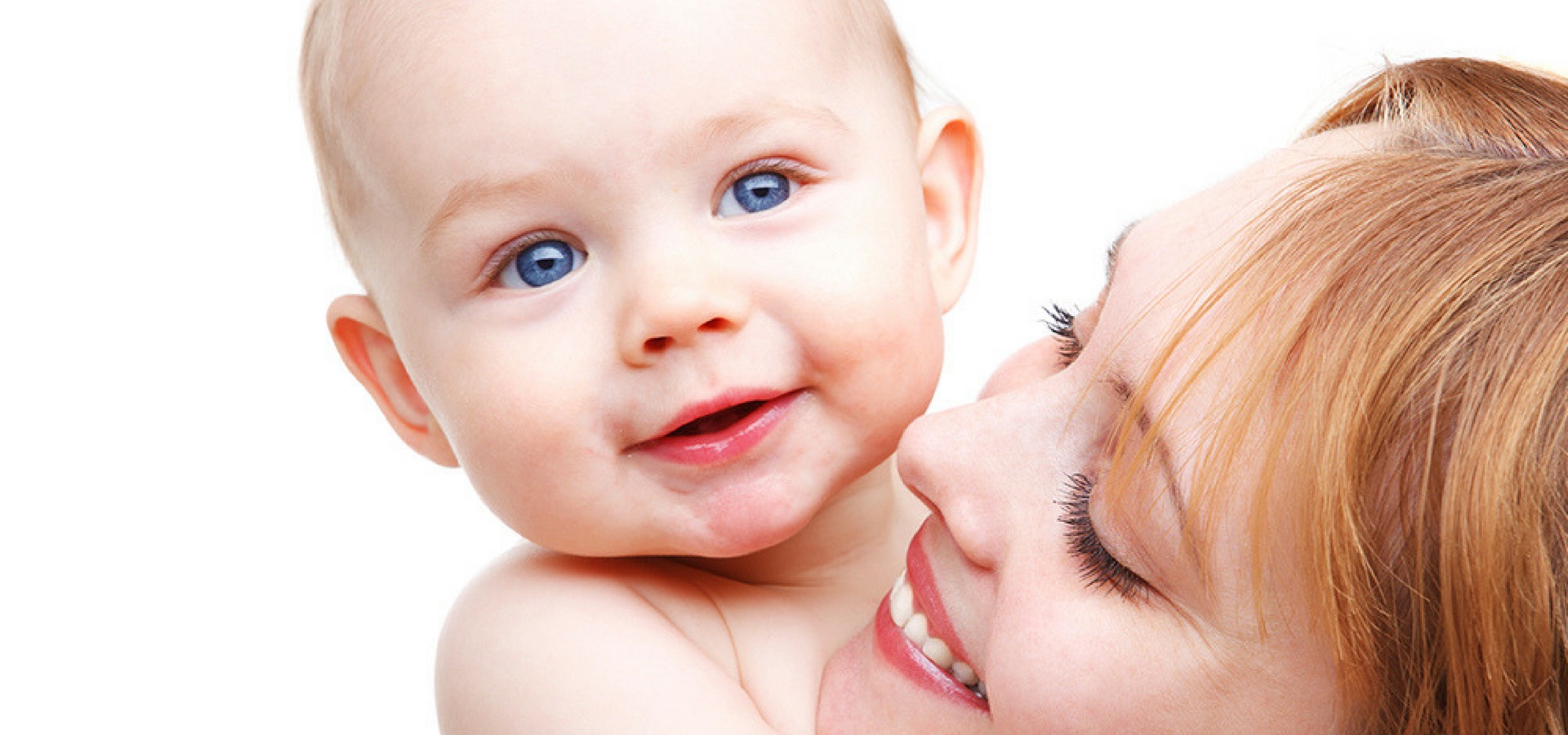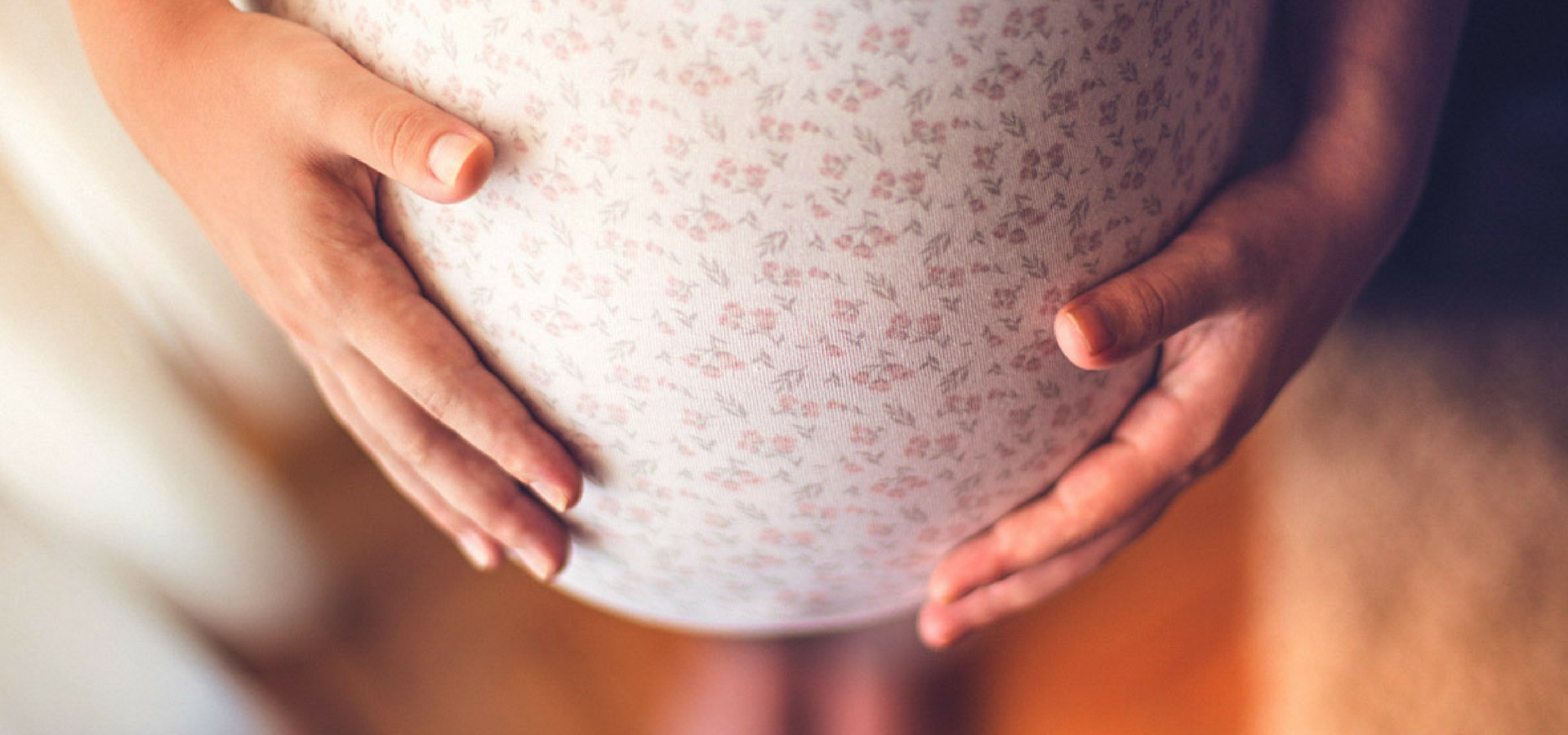
10 Fantastic things about being pregnant
For those who are well on their way to bearing a child, I’m sure you feel the happiness and can’t wait for your bundle of joy to arrive in the world! After all, that’s the point of starting a family, isn’t it? But with all these amazing things happening, there will be a bit of discomfort along the way. Yes, like what many mothers experience, there are painful pregnancy symptoms besides labor pain and contractions. While you are pregnant, you may feel nauseous, have weird cravings, or even experience a lot of mood swings along the way! Because of these symptoms, you’re afraid to experience pregnancy or feel nervous about it when in your first few weeks! It can get daunting, but as time wears on, you will realize that there are so many good things about pregnancy that outweigh the bad. Carrying your child doesn’t only mean that you have a new addition to your family, but that you will also experience so many amazing moments that have you feeling like you’re living miracles here! For starters, you’ll always be a priority and skip lines, staying in lounges or having all your loved ones focus on you and your comfort. Who doesn’t want all that extra attention and making people feel a bit of joy as you carry your child? You’ll also feel that overflowing joy and love as you hear your baby’s heartbeat and feel his first kicks. And that’s just the beginning! You see, there are so many things to be thankful for when you are pregnant, and it outweighs those uncomfortable symptoms you’ll feel along the way. Yes, there will be and times and you will feel down, but don’t let that ruin the whole experience! You will surely have an amazing time as long as you remind yourself why it feels great to be pregnant and the things you will experience along the way. That is why I made this infographic, to remind you why there are so many amazing things about being pregnant! So read up and enjoy the little moments. About The Author Hey guys, my name is Naser and I am a BSc Life Sciences student and fitness freak. I write about health, fitness and other remedies on my blogs. I am usually at the gym or strolling in the woods the time I am offline. Let’s connect.






























